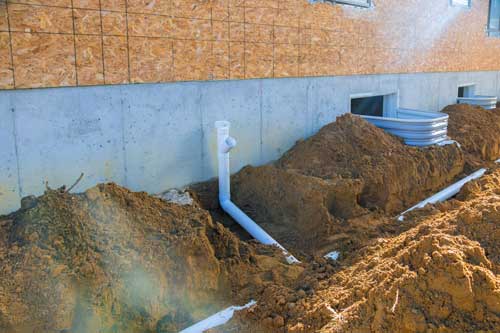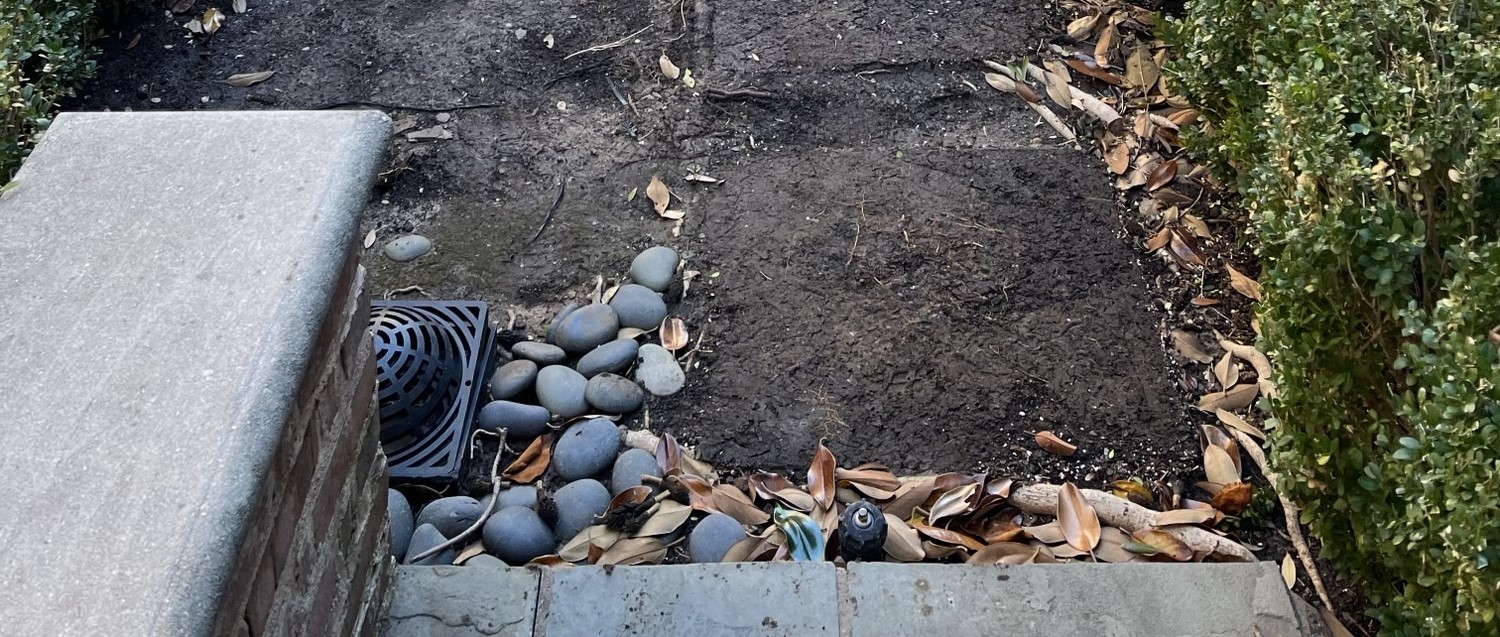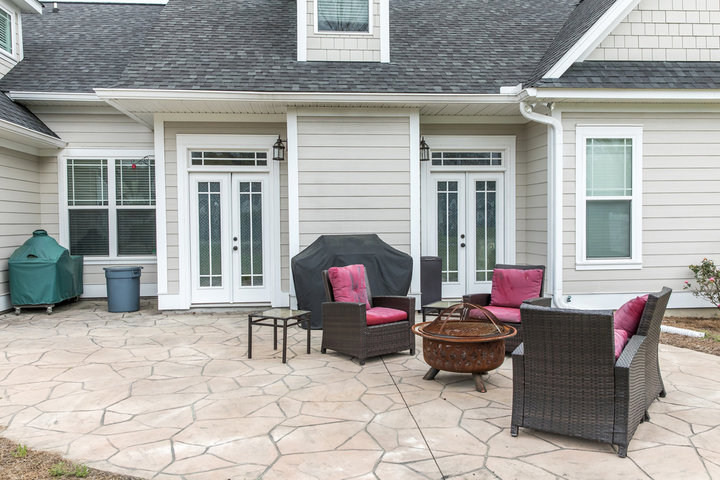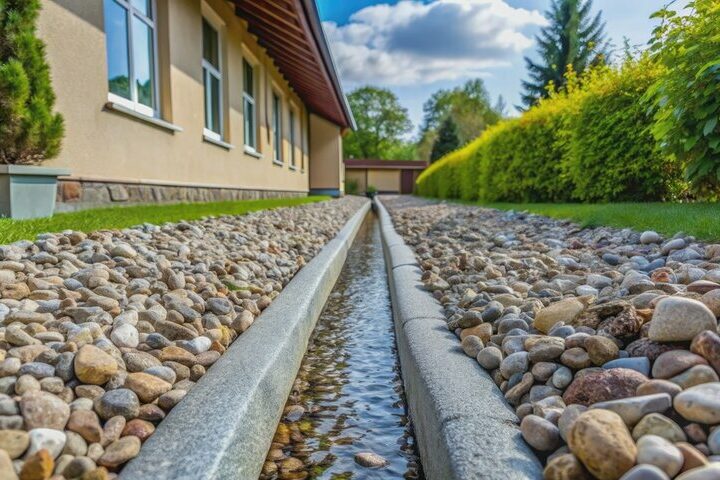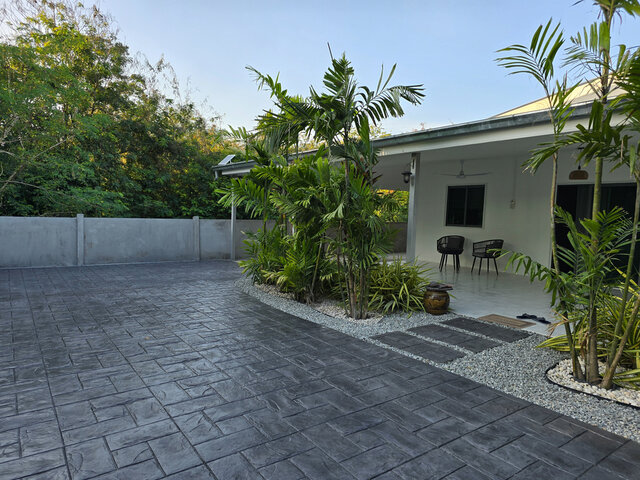Water damage is a homeowner's nightmare, capable of infiltrating vulnerable areas and causing extensive harm over time. French drains emerge as a crucial defense mechanism, directing water away from susceptible areas and safeguarding your property from flooding and standing water. Let's see why these drainage systems are indispensable for maintaining the integrity of your home.
A Shield Against Water Intrusion
French drains are a strategic solution for diverting water from areas prone to flooding or prolonged water retention. Without a clear pathway for water to flow, it inevitably finds its way into vulnerable spots like weepholes, laying the groundwork for interior damage. Initially, visible signs may prompt action, but the real threat emerges when water levels remain undetectable. Seeping through weep holes and gaps in the brickwork, moisture infiltrates the frame's seal plate, permeates insulation, and saturates drywall. With wood and drywall left damp, the stage is set for mold proliferation, particularly in the sweltering heat of Texas.
Why Opt for French Drains?
The benefits of French drains extend far beyond mere water diversion. French Drains effectively manage water by efficiently redirecting water away from your property. French drains significantly diminish the risk of flooding and subsequent water damage. French Drains are low maintenance. Once installed, french drains demand minimal upkeep, ensuring prolonged protection against water-related issues without the hassle of frequent maintenance. Compared to sump pumps or yard regrading, their cost-effectiveness means French drains present a more economically viable solution for managing water runoff and preserving your home's structural integrity.
Keys To Maintaining French Drains
Ensuring the optimal functionality of your French drain is paramount. Here are some maintenance guidelines to adhere to. Regular inspections, be vigilant for debris accumulation, such as leaves or grass clippings, which may obstruct catch basins or collection boxes, impeding water flow. Clear Blockages by conducting routine checks by running water through the drain for several minutes. Ideally, water should flow freely, taking approximately 28-30 seconds to traverse 100 ft with a slope of 0.5 inches per every 10 ft. Any deviation from this norm may indicate debris buildup or inadequate slope, warranting prompt attention.
Unparalleled Protection
French drains serve as a frontline defense against water damage, offering unparalleled protection against the detrimental effects of flooding and moisture infiltration. By comprehending their significance and adhering to diligent maintenance practices, you can fortify your home against the ravages of water intrusion. Don't wait until disaster strikes—invest in the resilience of a French drain today and safeguard your home's future.
